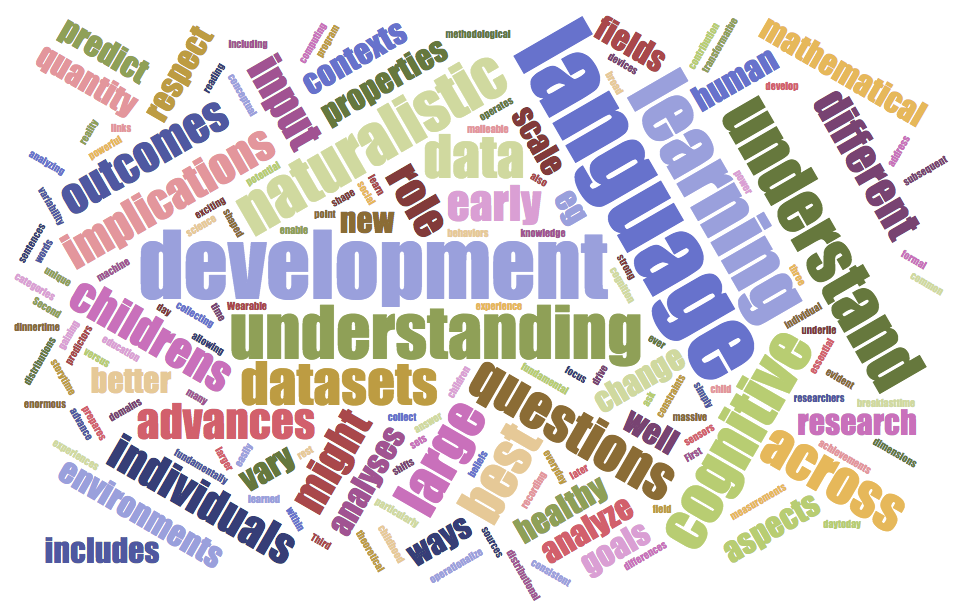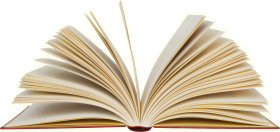Research Interests
My research focuses on understanding how we produce, comprehend and learn language. I am paritcularly interested in the role of the environment in building these skills. I use various methods including lab-based experiments, naturalistic observation, corpus analyses and corpus building, and comptuational modeling.
|

|
Language Production, Language Comprehension, and How They Interact
Framework for Studying the Interaction of Language Production and Comprehension
Language production and comprehension, though separate at the sensory and motor levels, are an interactive system, where experience in one domain has consequences for the behavior in the other. I believe that studying these interactive effects will yield a better understanding of both phenomena. Accordingly, my psycholinguistics research with Dr. Maryellen MacDonald was driven by predictions of our Production-Distribution-Comprehension (PDC) hypothesis. This hypothesis states that there are consistent patterns in one’s linguistic input, and that comprehension behavior is largely driven by the learning of these patterns. Thus, the ease or difficulty with which something is comprehended is predicted by one’s experiences with the distributions in their linguistic environment. But why are these distributions the way they are? Linguistic distributions are shaped by speakers’ unconscious production choices, often to make language production easier. I have performed a number of sentence production studies to understand why speakers make the choices they do when they speak, including experential factors and cognitive and articulatory constraints on the sentence produciton process.
|
|
|

|
Collection and Analysis of Naturalistic Langauge Environments
Questions about the role of the environment are fundamental to human cognition. How are we shaped by our environments, and how do constraints on human developmental, social and cognitive behaviors shape the environment from which we learn? Analyses of large, naturalistic datasets allow us to gain insight into the data available to the language learner, the learning mechanisms that underlie human language, and what is unique versus common across individual children’s development.
|
|
|

|
Books and Reading as a Unique Source of Linguistic Experience
Role of Reading in Sentence Comprehension and Production
The language patterns found in speech are different from those found in writing, with potential consequences for language learning and use. In my work I quantify difference in the written and spoken domains and investigate how these different patterns affect language production and comprehension.
Role of Text Exposure in Language Learning
Reading to pre-literate children is associated with better language and literacy outcomes, but the mechanisms that underlie this correlation are poorly understood. One mechanism by which reading to children may contribute to language skill is by changing the frequency and distribution of different words and sentence structures in the input. In my work, I investigate predictions that derive from this hypothesis.
|
|
|

|
Cross-Linguistic Sentence Comprehension and Production
If an individual’s linguistic experience predicts their language behavior, then it becomes valuable to investigate production and comprehension in other languages, where linguistic and cultural experiences give individuals experience with entirely different language patterns. I have compared English sentence production and comprehension behavior to production and comprehension of other languages, including Japanese, Korean and Spanish. Cross-linguistic investigations often allow us to gain insights that would be impossible in a single language.
|
|
|
|



